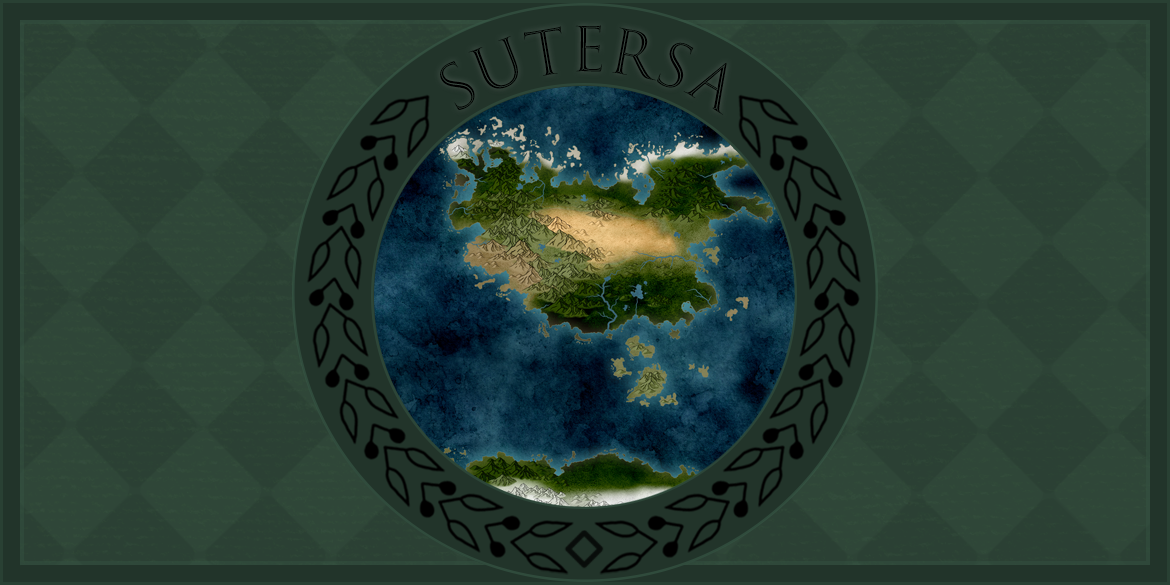Dragons
Basic Information
Anatomy
The different breeds of dragons that exists now adays can vary in size, from the size of small cats to the size of ponies. Certain things are true for every breed of dragon though, the all have four legs and two wings, though these vary in size and form for the different breeds as well. Even though all dragons have wings not all breeds can fly, depending on size of body and size of wings.
Biological Traits
See the separate pages for the different breeds.
Genetics and Reproduction
A female dragon goes into heat one to three times a year, depending on breed and climate, lasting up to a week each time. If mated with a male during this time the female dragon then lays one to five eggs about two weeks later, which then takes about two months to hatch. Eggs must be kept very warm during this time, and due to the extensive intervention of humans in dragons evolution some breeds now requires help to keep the eggs at a good temperature.
Ecology and Habitats
While the dragons originate from the warm jungles by the equator, the systematic breeding of them have resulted in dragons that are adapted to every climate that humans live in. In most of these climates they have proven to become very resilient and semi-wild dragons can be found in most places except the very coldest.
Additional Information
Social Structure
The dragons are social creatures and a happiest when living with other creatures. However, they can easily form family groups with other creatures than dragons, they are happy with humans but also with most other animals that live in packs or family groups. Dragons have been spotted adopting a range of different species as their family when they've ended up alone for whatever reason.
Domestication
Dragons were domesticated a very long time ago and have been evolving side by side with them for thousands of years. During this time humans have selectively bred them to be able to perform different tasks for them depending on what's been needed. This has resulted in a wide variety of breeds that look and behave differently from each other.
Uses, Products & Exploitation
Dragons are used for a wide range of tasks such as hunting, guarding, scouting, fetching etc. Their intelligence level is high enough for humans to train into almost anything that can help them.
Geographic Origin and Distribution
Wild dragons exists everywhere except the coldest regions, however there are breeds that have been bred to survive here if taken care of by humans.
Average Intelligence
Slightly above dogs.
Symbiotic and Parasitic organisms
Overall dragons live in a very symbiotic relationship with humans, where the latter take care of the dragons in exchange for help with hunting, guarding, gathering and scouting. And as company of course.
Lifespan
25 years
Conservation Status
Not protected. Dragons are found all over the world and are in no danger of extinction.
Average Height
50 - 120 cm (1' 7'' - 3' 11'') at the shoulders when standing on all four.
Body Tint, Colouring and Marking
The different breeds vary a lot in colouring, see their respective pages.
Remove these ads. Join the Worldbuilders Guild










Comments